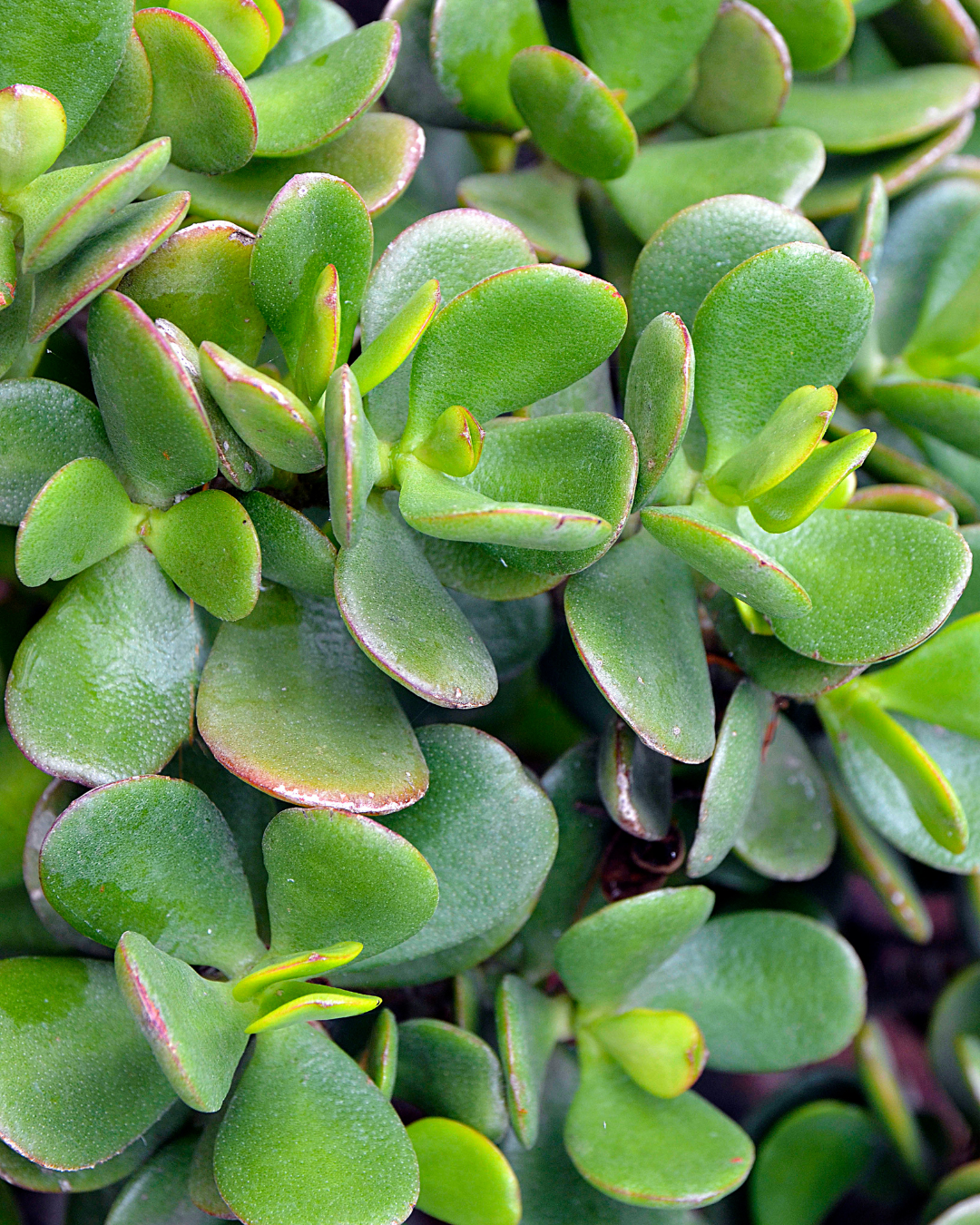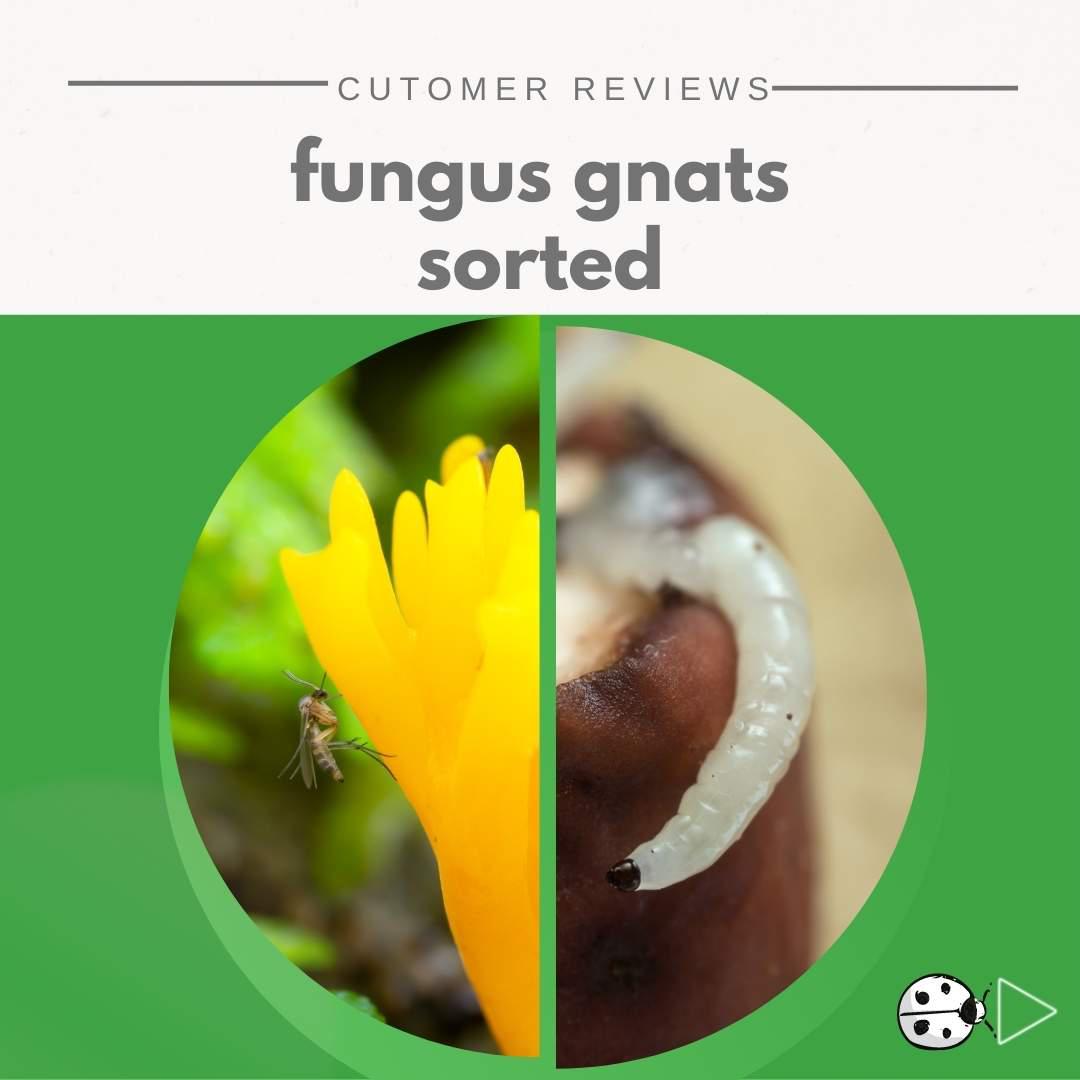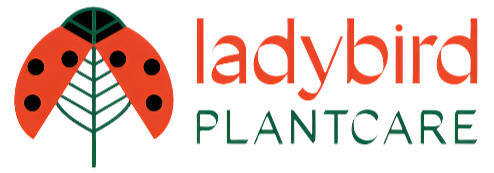House Plant Pests

House Plant Pests
by Tessa Cobley on Sep 21 2023
Unfortunately pests love houseplants, it's the combination of the warmth, light and the proximity of one plant to another that creates the perfect conditions for an infestation. Some of the most common are listed below along with links to more on that pest or directly to the products for combatting that pest.
Is it Thrips?
The leaf surface turns a silver colour spotted with black spots, flowers are deformed with brown petals. The pest itself is very small and difficult to see. More on the thrips here...
How to treat Thrips
Treatment will depend on how well established the infestation is. Thrips also have different life stages and some treatments only work on the earlier stages. Amblyseius mites are our most popular Thrips control, they feed on the larvae and will also live on pollen so can offer protection against an outbreak. Nematodes control the larvae and the pulpae. Orius is the gold standard in Thrips eating, they attack all life stages of the pest. More on the treatments here...
Ready to shop? Here's a direct link to the Thrips products...
Is it Red Spider Mite?
Spider mites feed on leaf material. The leaf damage will start with mottling, new growth will be non existant or sickly. Leaves may brown and fall off.
When a plant is infested you will see a fine webbing spread across the plant. More about the pest here...
How to treat Red Spider Mite
In the first instance keep affected plants cool and wet, spider mites thrive in warm dry conditions. Use a soap based insecticide.
Amblyseius Andersoni mites are sold in slow release sachets, they work brilliantly as a preventative measure or for small outbreaks.
If the infestation has taken hold we sell Phytoseiulus persimilis mites which work fast to treat an outbreak. Here's a link to the products mentioned...
Is it Sciarid Fly (Fungus Gnats)?
This one is easy to spot and may be driving you mad! Brownish in colour & 3-4mm long they crawl and slowly fly around pots and trays generally being a nuisance. In their larval stage they are slim white maggots that can be up to 6mm long. The adults don't cause much more than a headache but the young can be devastating for young plants and new growth. Click for more about fungus gnats
How to treat fungus gnats
In the first instance you should use nematodes to control this pest, in conjunction with yellow sticky traps to get rid of the adults. If you are growing in very dry conditions or the growing material isn't suitable Hypoaspis mites are great and can provide protection for several weeks after clearing up the problem. Here's a link to these controls...
Is it Mealybug?
Little white-grey creatures which look a bit like fluffy white woodlice. They are first spotted in the joins where leaves meet stems and on the underside of leaves. You will see white, sicky wooley masses. Click for more about the pest...
How to treat Mealybug
Clean Mealybug off as soon as you see it, but be careful - it spreads very easily and you don't want to make the problem worse. In temperatures that remain above 20°C, mealybugs can be treated with Brown Australian Ladybirds, Cryptolaemus Montrouzieri which will crawl around the plant eating the mealybugs. Mealybug treatments...
Still not sure?
You may find that it isn't any of the above, for more pest identification advice head over here or contact us directly via the Contact Us page.

House Plant Pests
Want to get rid of annoying house plant fungus gnats quickly and cheaply?
by Tessa Cobley on Jan 11 2022
How do you know if you have fungus gnats?
Your plant will tell you, you may see stunted growth yellowing leaves or the roots may look damaged (if you can see them). These are all signs of fungus gnat larvae being in the soil. Most commonly though people tend to notice the adult flies. Lots of people put the influx of flies down to fruit flies until they notice them congregating around their houseplants.
What do fungus gnats look like?
They do look very similar to fruit flies but their wings have a creamy translucent look and their bodies are thinner, below are a few images of the adult fungus gnat but remember fungus gnats are very small. Fungus gnats do not tend to fly around the house, they will only hang around the plants.
Fungus gnat larvae live in the soil and eat the root material. They look like thin white maggots. Fungus gnat flies lay eggs which hatch into larvae, see images below.
How to get rid of fungus gnats.
We recommend a combination of 2 products; nematodes and sticky traps. The traps that we recommend are yellow sticky traps, the adult fungus gnats are attracted to the colour and get stuck.
The nematodes come in a mixed species pack to ensure maximum effect. They are watered on. The nematodes are a parasite of the fungus gnat larvae and tend to kill them within 7-10 days.
Why nematodes and traps work for getting rid of fungus gnats
The approach has to be two pronged for it to work, you need to attack both the adult flies and the larvae to be able to break the lifecycle. You need traps for the adults (so they stop laying eggs) and parasitic nematodes for the larvae (to stop them becoming adults). If you do one without the other you will not break the lifecycle and control the fungus gnat infestation.
And you can get both for £15!
Fungus Gnats – Frequently asked questions
Will I need a second treatment?
It depends on 2 things, how bad the infestation is/was and what stage in the lifecycle the majority of the fungus gnat population is/was. This solution relies on controlling the adults and the larvae, if there were very large numbers of either one then a second go might be needed. Another reason would be lots of fungus gnat eggs, there isn’t a control for the eggs so you may need to treat again 2 weeks later to control these hatched eggs.
Why mixed species nematodes?
This product contains a blend of different species of nematode, this is perfect for controlling the fly larvae and will also control some other pests like thrips larvae.
What if I only have a couple of houseplants?
You can still use the solution above, just make the nematodes more concentrate and split it amongst your plants.
Want to get on and get rid of fungus gnats in your houseplants? For £15 (including First Class delivery) you can!
Get both products now

House Plant Pests
What is Horticultural Soap & how does it work
by Tessa Cobley on Jun 09 2021
Inside or in the garden, sprayed on or as a dip, horticultural soap is a great allrounder for reducing pest numbers on houseplants, flowers, veggies and more.🍓The word insecticide sound chemically right? Well not always. Ladybird Plantcare Soap has no nasty chemicals making it a safe choice for indoors, around pets, kids and other wildlife.🐈It's made from natural oils and kills pests on contact by gumming them up. You have complete control over what you are reducing the population of with this spray as it doesn't leave any residue. 🌷If you're spraying aphids or spider mites you are not risking the lives of bees, ladybirds or any other beneficial insects. And if you're looking to introduce live predators to finish the job off you can do almost straight away.🐞250ml of concentrate makes up 25 litres of spray, fab to have around when you spot something munching! Buy Now🌿
The Technical Bit
Instructions for use
The pure liquid soap can be applied with a sponge or with a simple bottle spray. The dilution rate is 1:100. So the 250ml bottle will go a long way - think a teaspoon in a 500ml measuring jug!
If the infection is limited to a few plants you can carefully wash each leaf with dilute soap. For larger infections use a dilute spray of this pure soap to get into shoots and flowers. However keep the solution very dilute to avoid cell damage.
There are certain plants which can be damaged by Soft Soap - these include Fuchsia, ferns and bedding plants in bloom. Test a one or two leaves first if you are in doubt.
Now you're ready to introduce good bugs!
If you have been using sprays that poison insects you will have to wait before you introduce good bugs (more on that here), switch to the soap above in the meantime.

